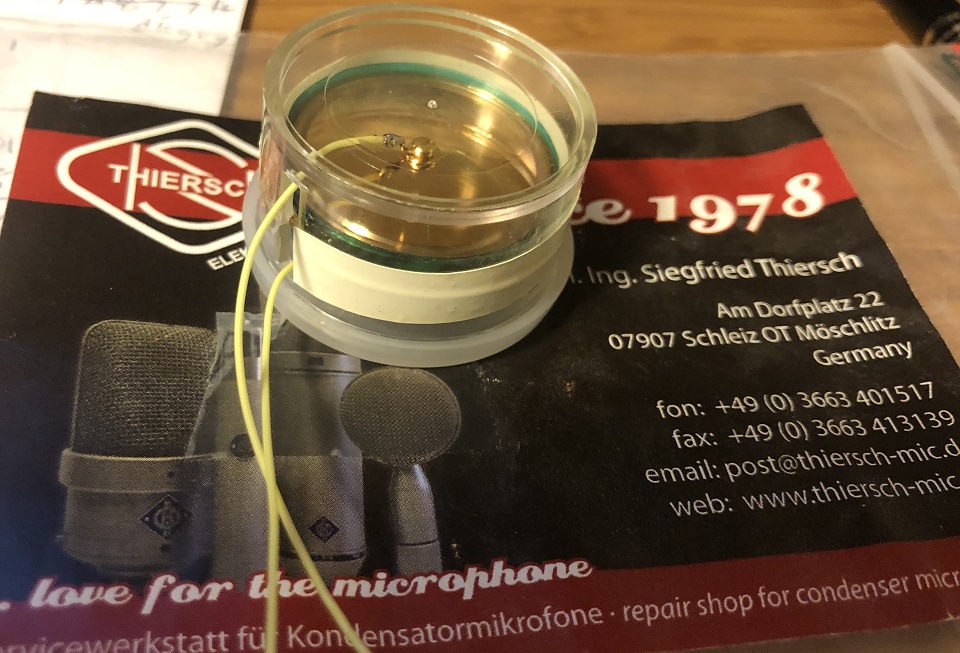martthie_08
Well-known member
I've taken liberty to resurrect the build information.
If this should disrupt anyones copyright please let me know and I will delete this post.
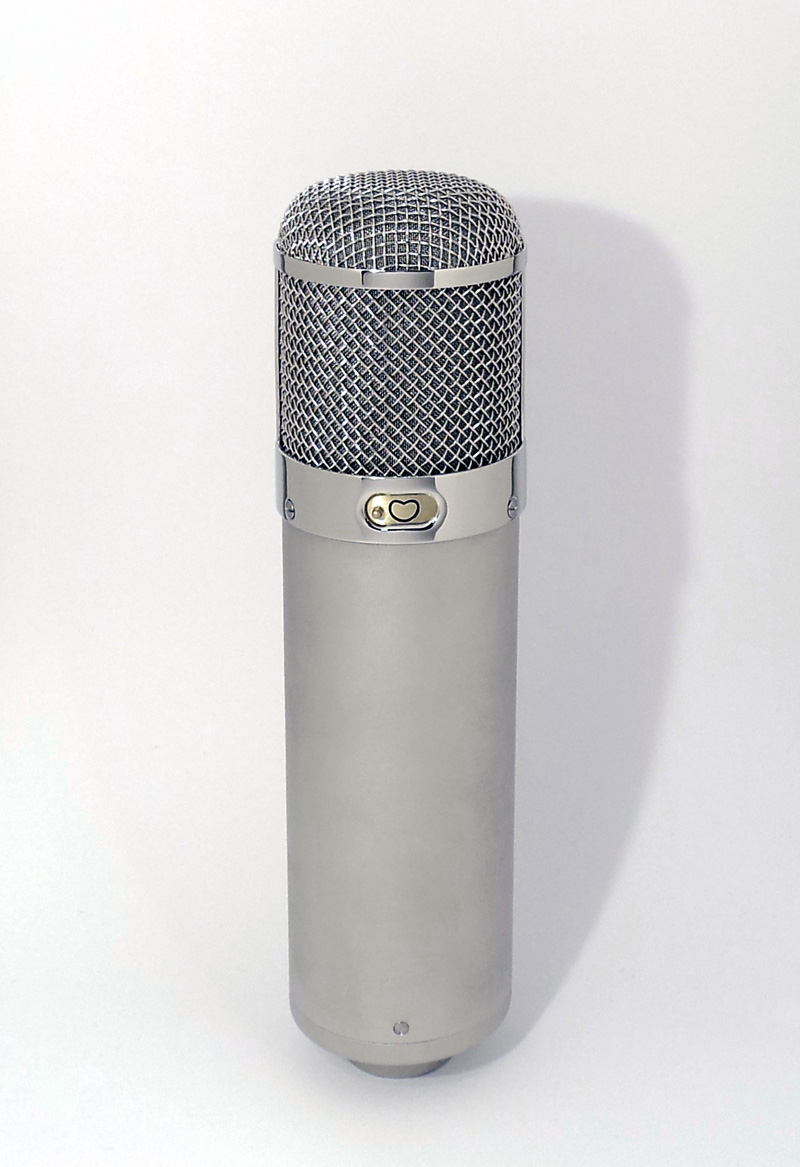
MK-U47 Tube Microphone Kit featuring:
Costum Headbasket made by Flea with Pattern Switch
Brass made body tube and bottom bell, bead-blasted and nickel-plated
Stainless internal structure
Bv.08 Transformer with 8 seperate sections from my own production
6028 single supply circuit with all parts including

including (back left to right):
body tube
bottom bell with power resistor mounted + internal structure
Headbasket pattern switch
Transformer + resistor board
High-Z board with screws, teflon isolators, shims for variable capsule mount height
solder lugs and subminiature reed-contact
Black rubber band for tube shock-mount
Tube deck + tube sockets, screws,
(front left to right):
Wiring, yellow wire sleeve, shrink tube
Binder connector for mic and cable
Bv.08 Transformer
PIO and styroflex capacitors, resistors
to complete the microphone, you'll need:
a capsule + holder
a single supply 105v PSU
a microphone cable (cable connector to mic included)
Completed kit with Flea capsule holder:
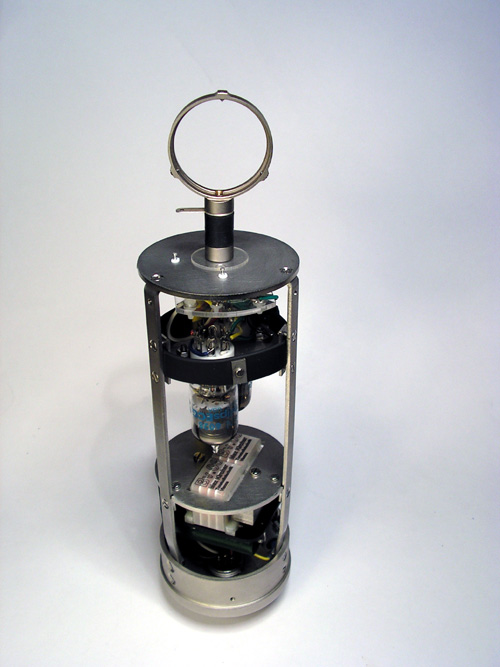
-----------------------------------------------------------------------------------------------------------------------------------------------------------------------------
BUILD:
Schematic:

Wiring Plan:
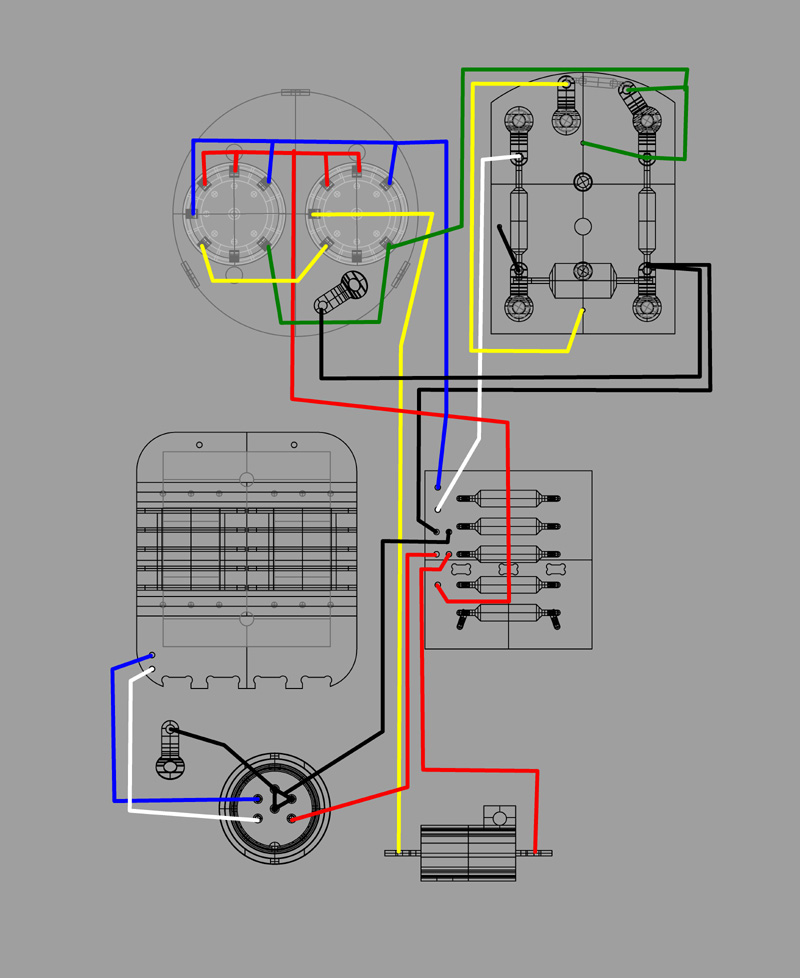
we start from the bottom up.
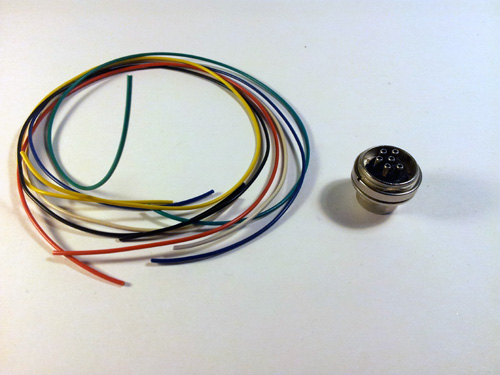
Use small pieces of wire to bridge contacts as shown
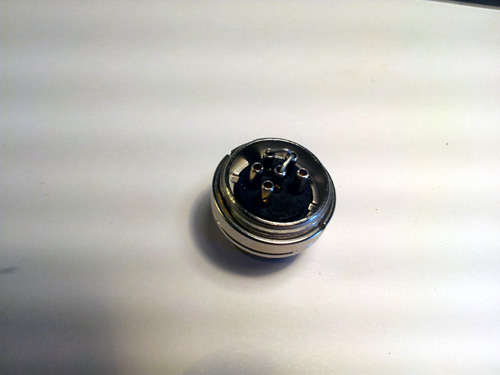
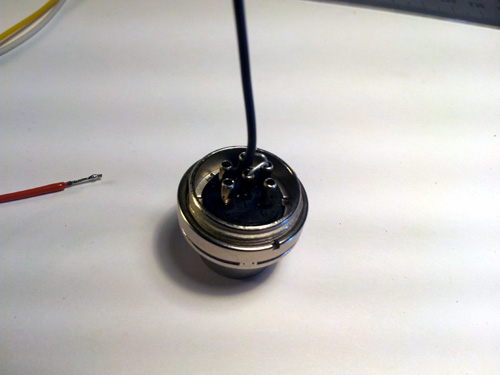
wire the connector according to the original schematics
Solder a lug to the end of one black wire
1: White
2: Blue
3+4+6: Black x 2
5: Red
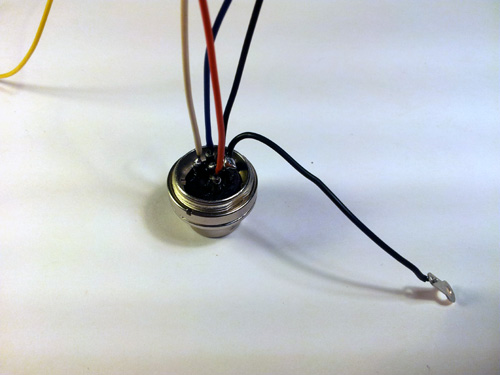
Unscrew this resistor
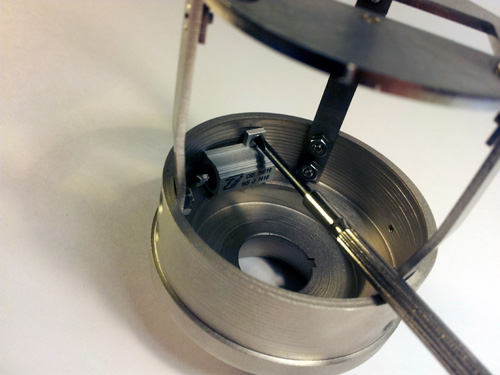
Solder yellow and red wire
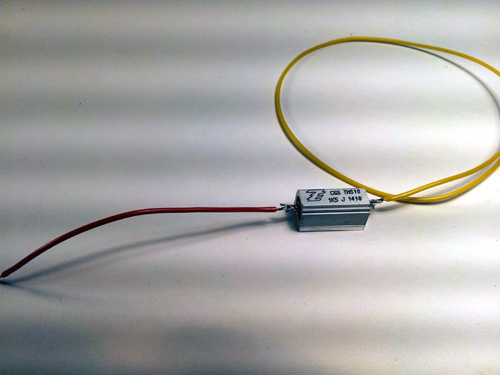
use shrink tube for isolation
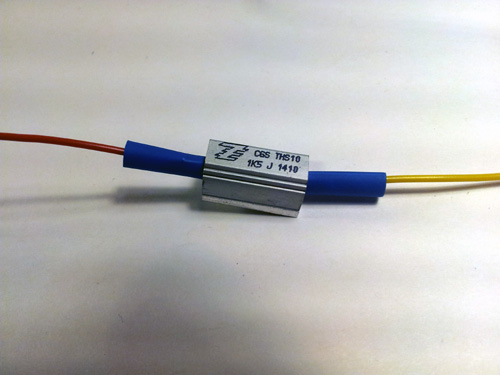
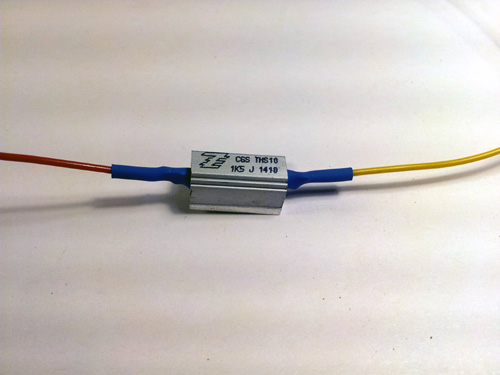
mount the resistor back in
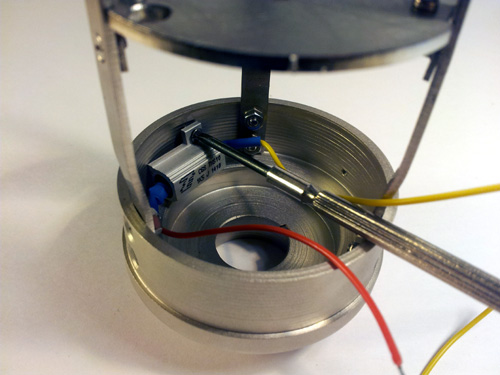
unscrew the ring of the connector and place it
in the bottom bell, aligning the keyway/slot
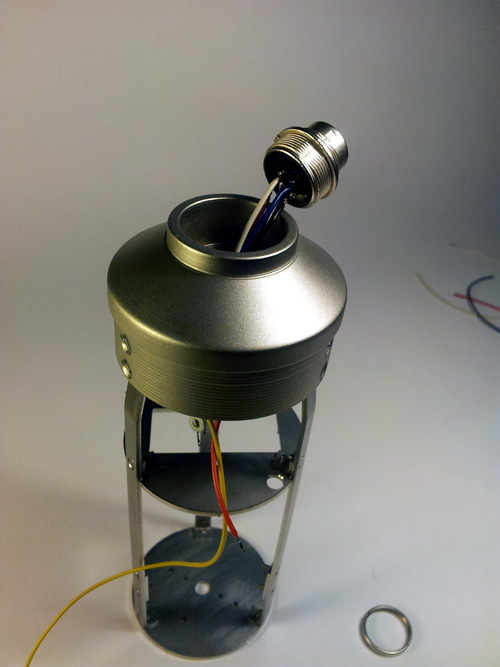
carefully place the ring and tighten
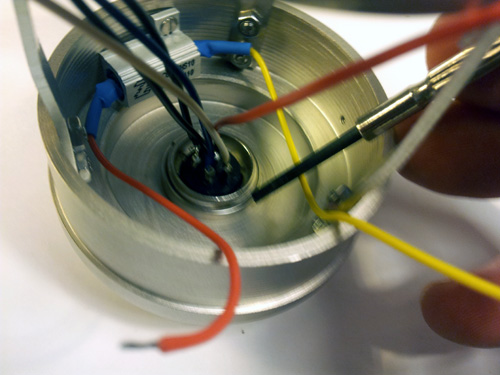
unscrew the nut and place the solder luck and re-tighten

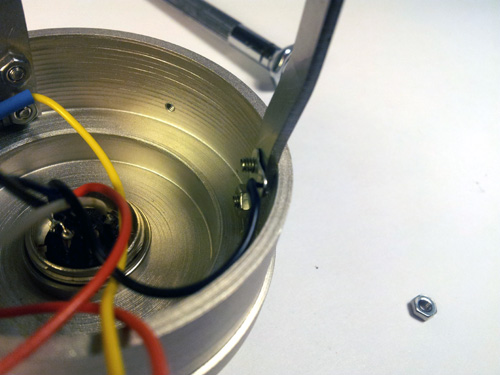
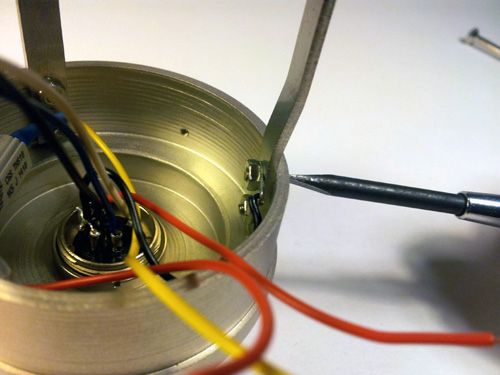
paint the transformer/resistor board (not shown: use a file after breaking)
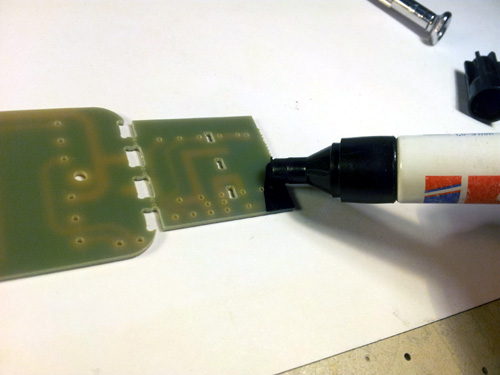
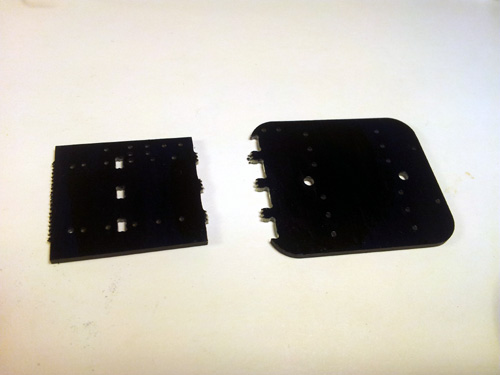
Solder together the boards as shown, check for right angle


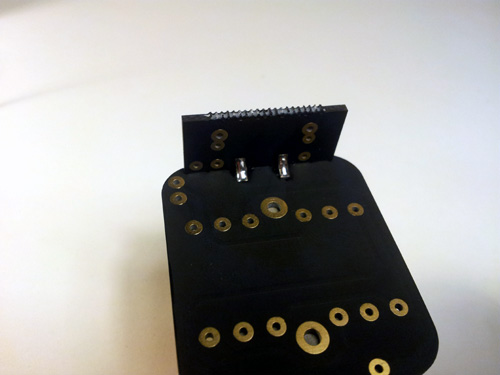
place and solder all resistors as shown
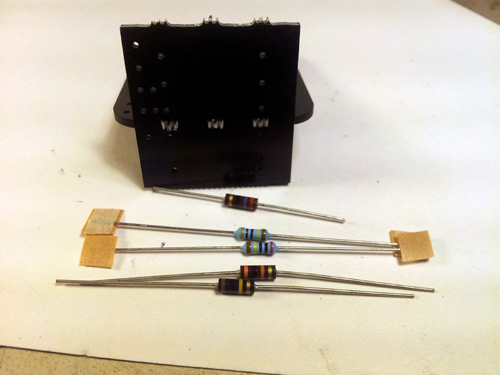
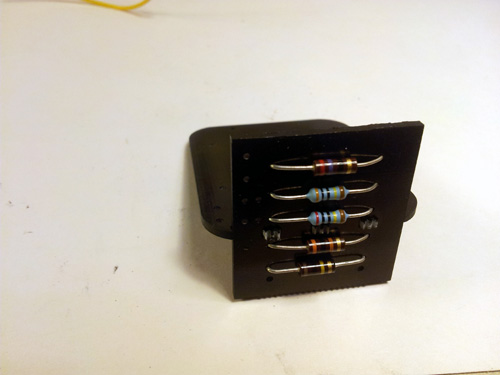
place and solder all wires as shown
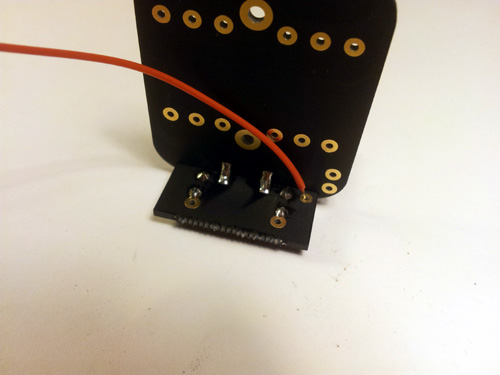
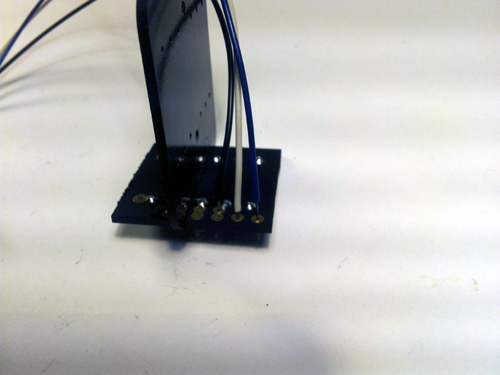
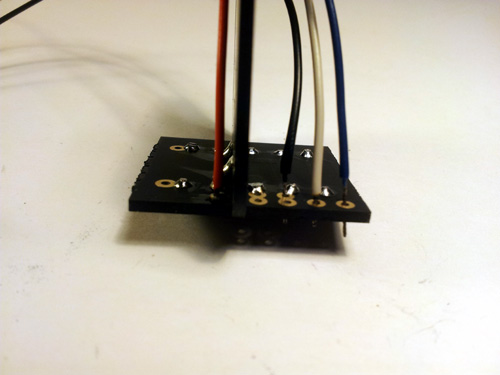
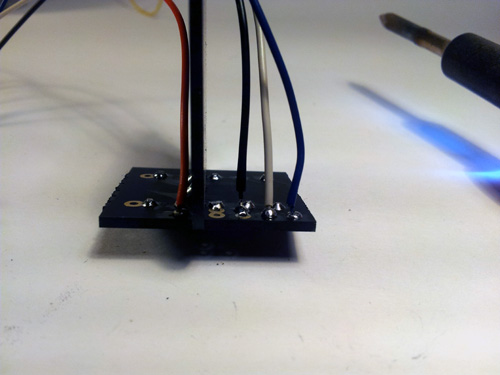
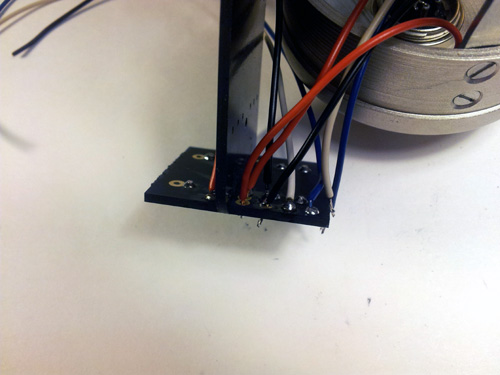
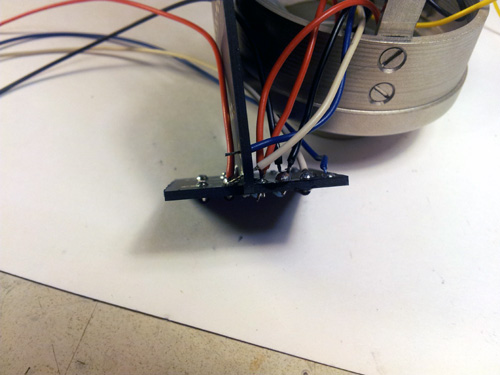
Be careful handling the transformer
place and solder the transformer as shown
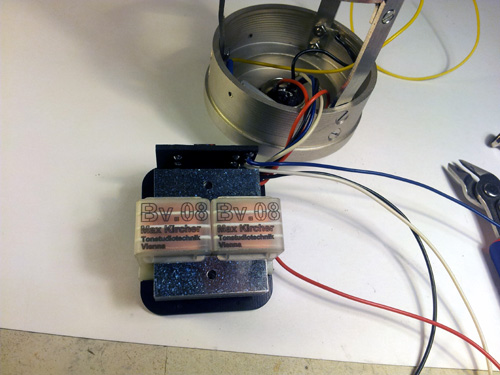
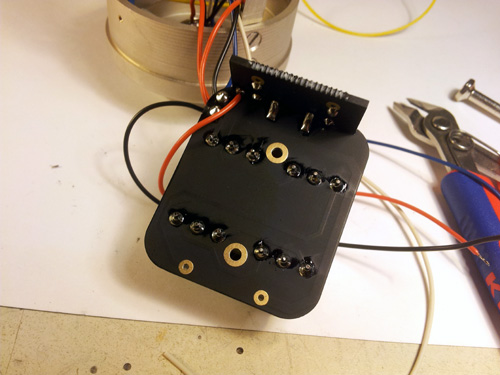
Before soldering the big capacitors it's time to mount the whole thing into the mic
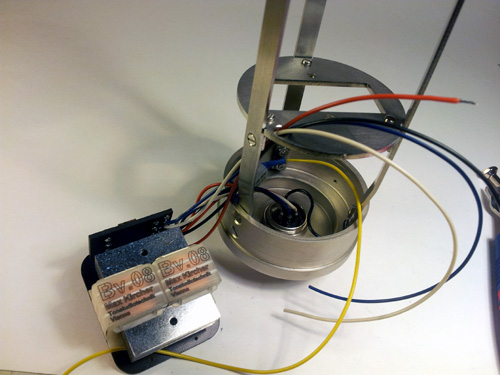
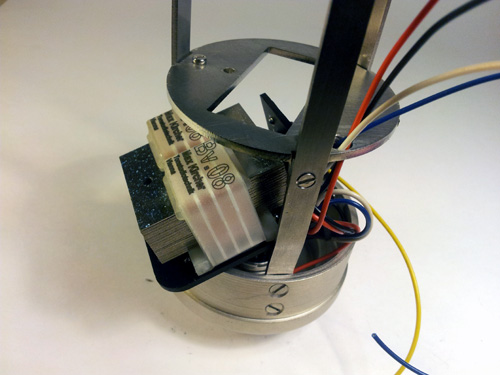
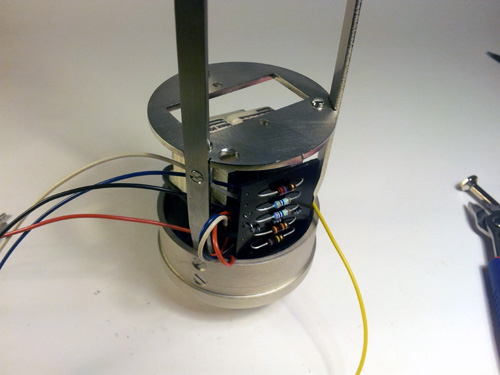

insert the screws and attach the nuts, do not overtighten!



Place and solder the two green capacitors as shown



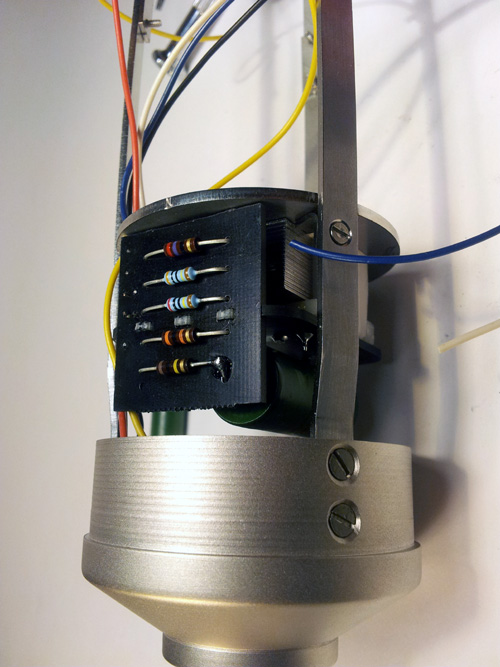
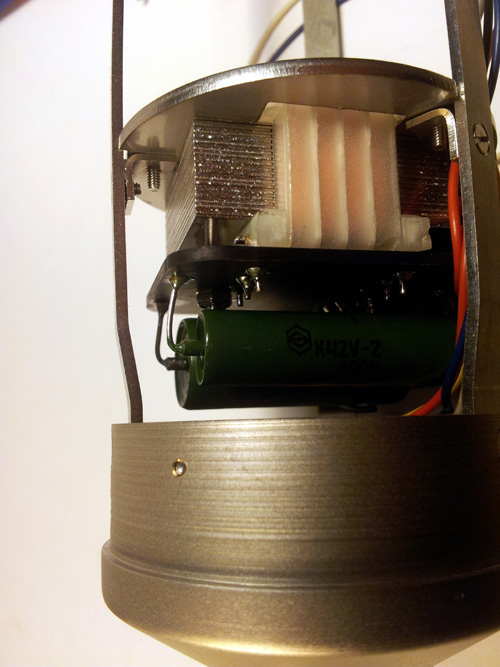

The yellow sleeve will be cut like this to fir through the hole
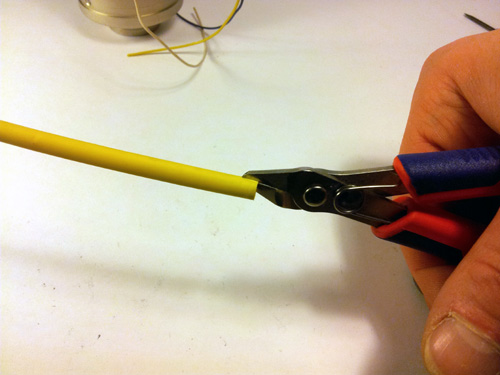
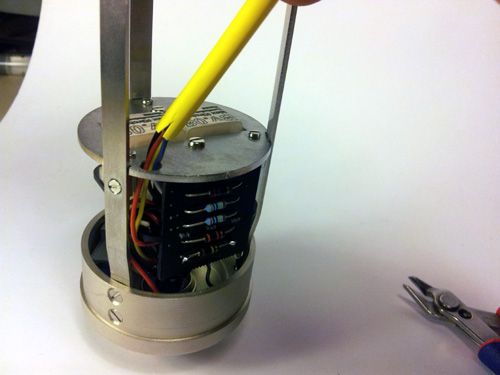

Carefully cut and drill (pierce) the rubber band as according to this measurements

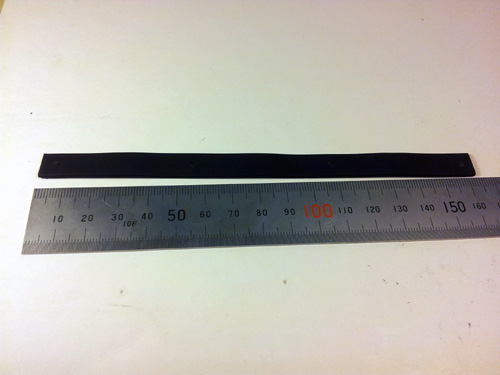
unscrew these parts
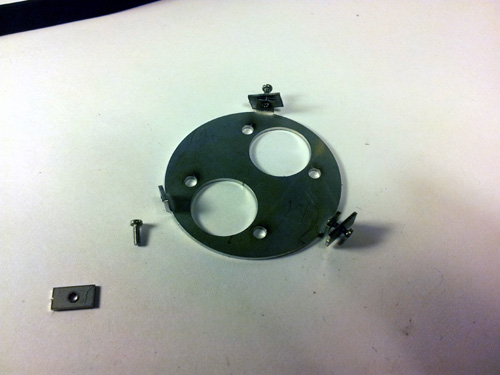
mount the tube sockets, check for orientation!
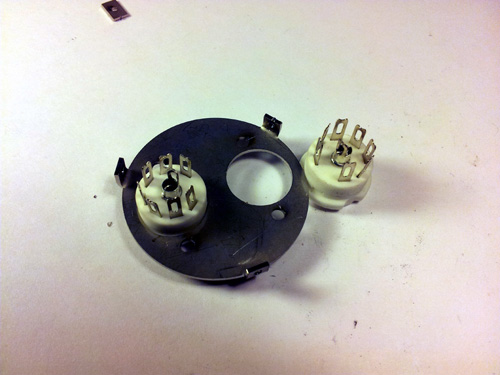
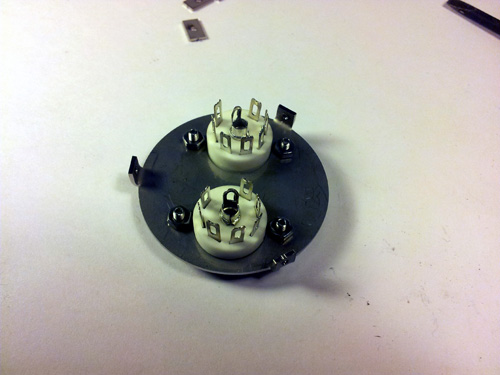
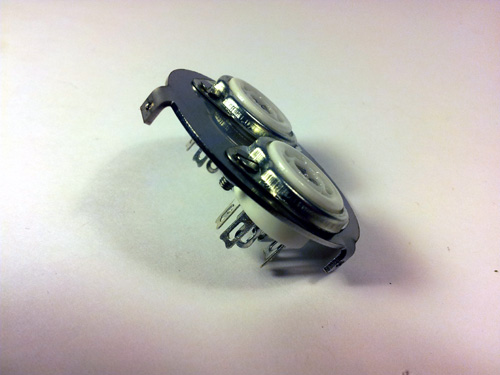
bend and add a solder lug

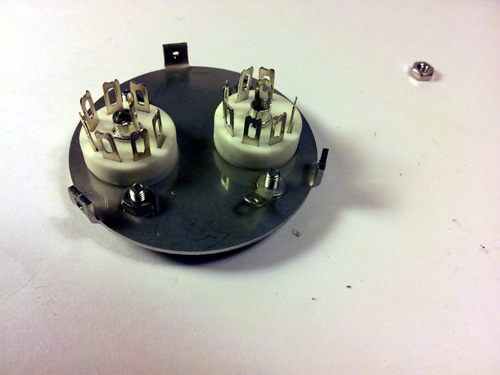
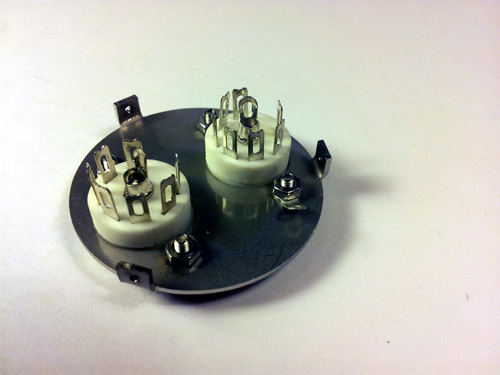
attach and solder short black wire
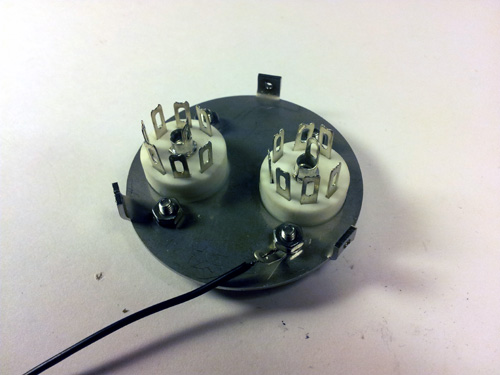
Wire up as shown

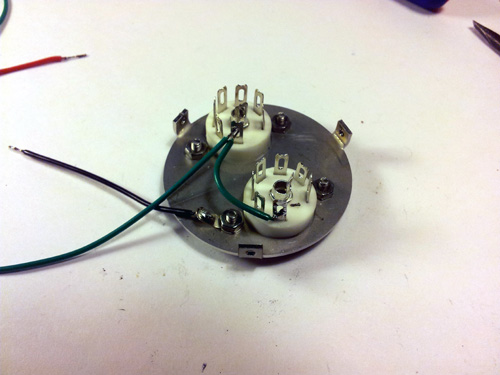
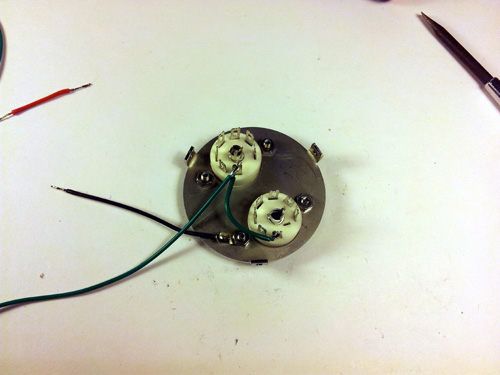

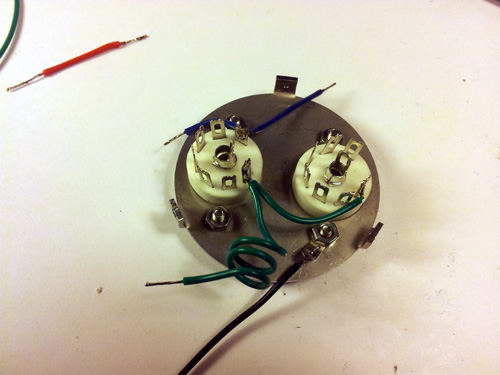

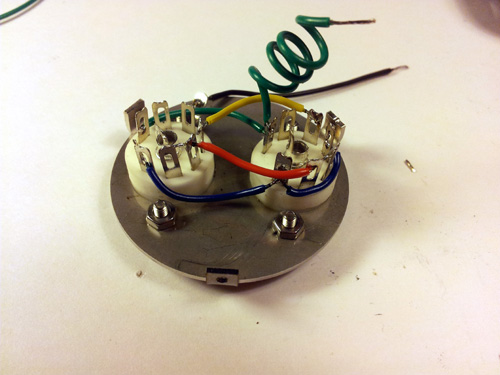
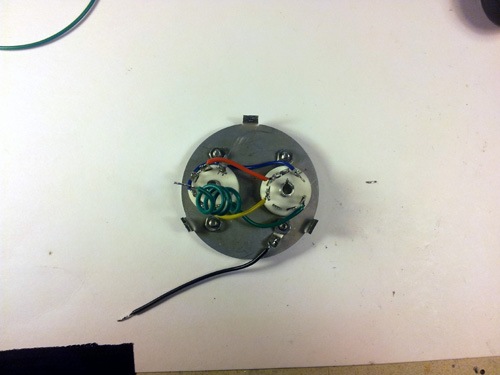
attach the rubber band
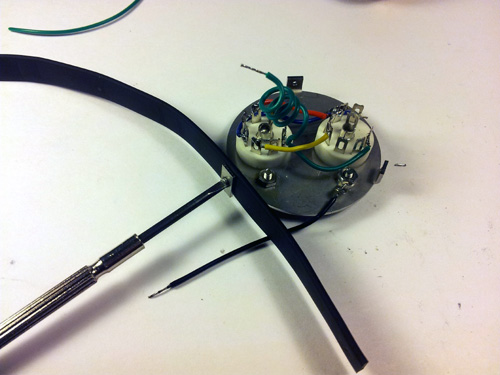
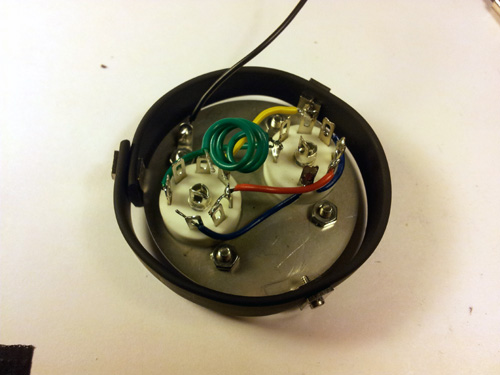
mounting the tube deck
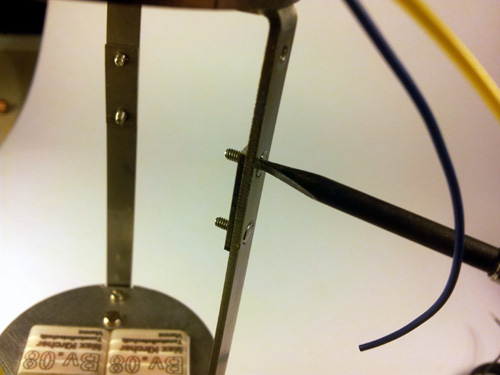
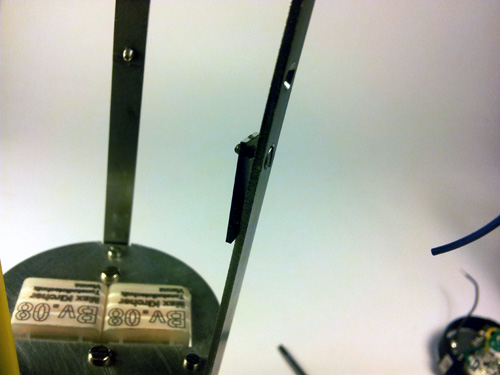
feed through the wire sleeve
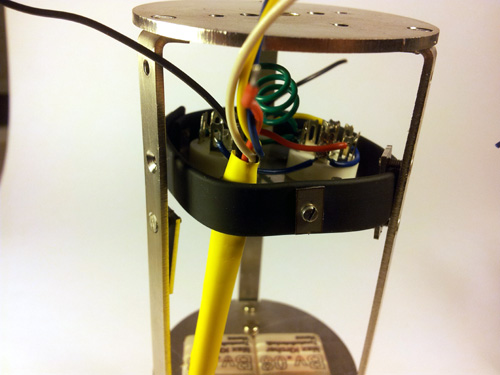
attach the yellow, red and blue wire to the corresponding pins
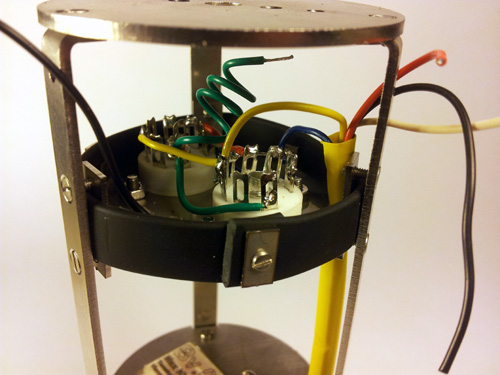
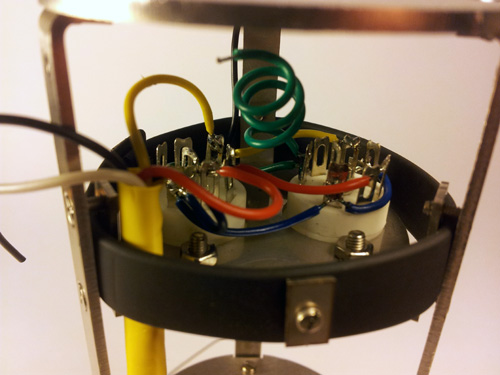
Be careful with overheating when building the highZ portion of the circuit
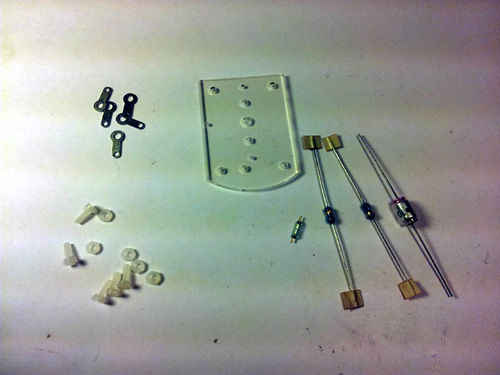
bend and place the solder lugs as shown
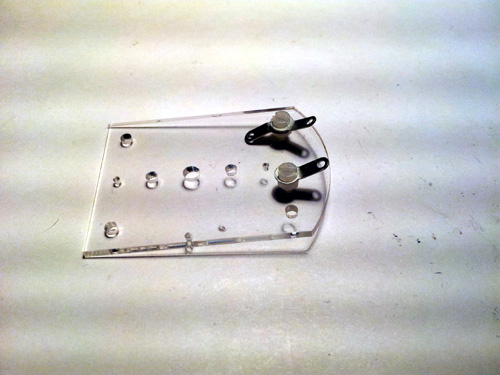
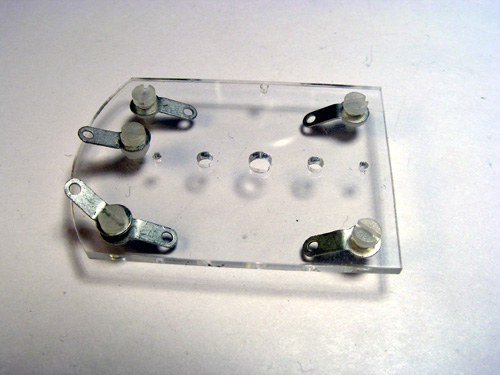
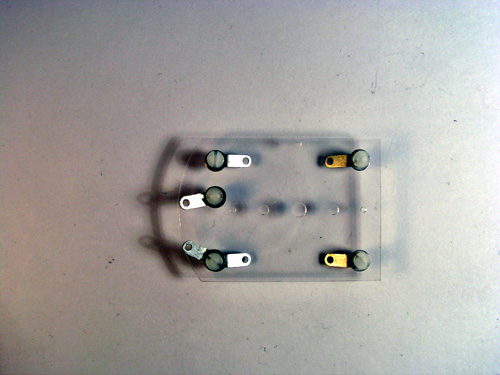
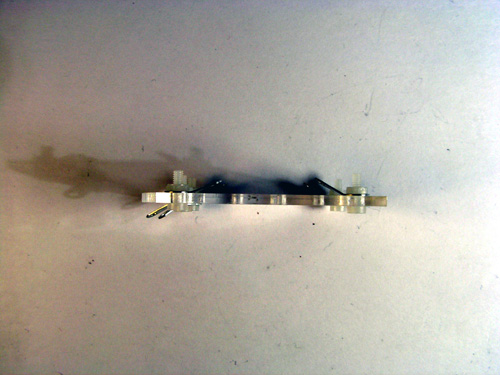
a small wire bridge, do not solder yet
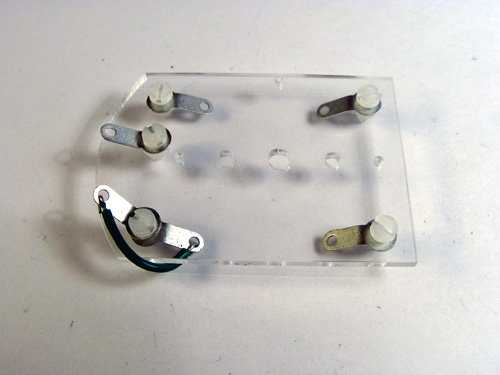
the reed contact must be oriented and placed carefully BE VERY CAREFUL HERE
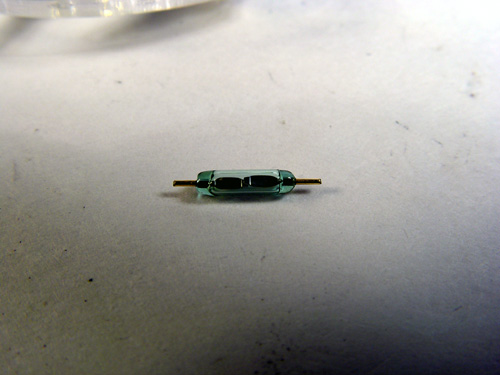
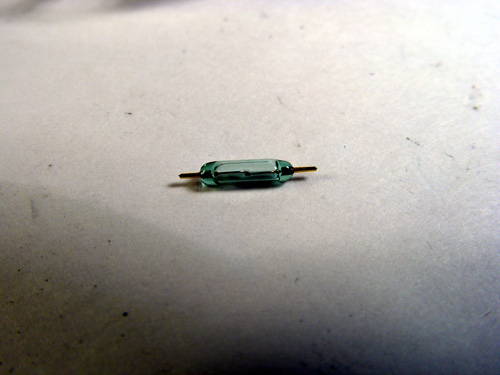
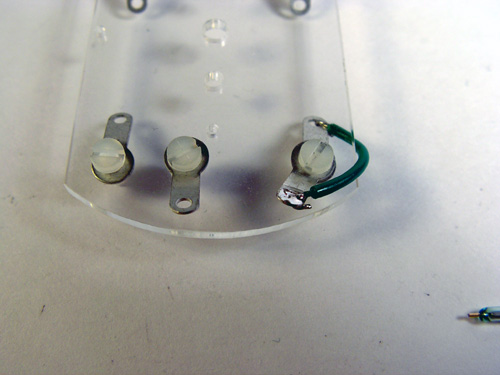
do not bend the contact after soldering or i will break
you can hold the tiny contact like this for placement
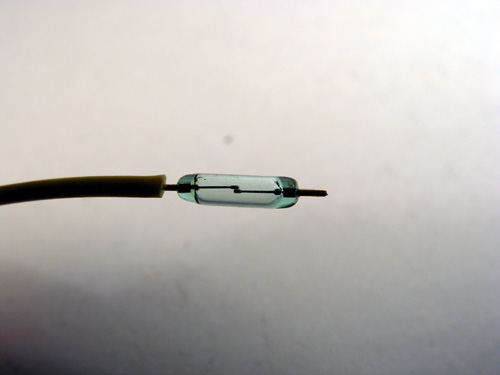
to have free access, slide the middle lug away
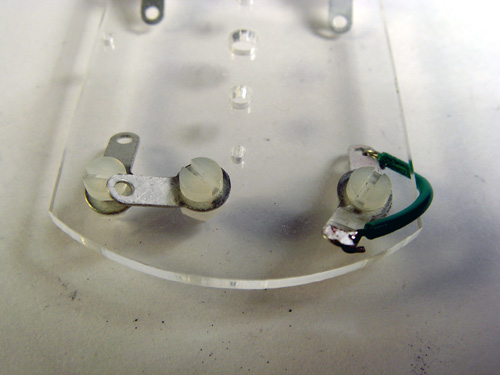
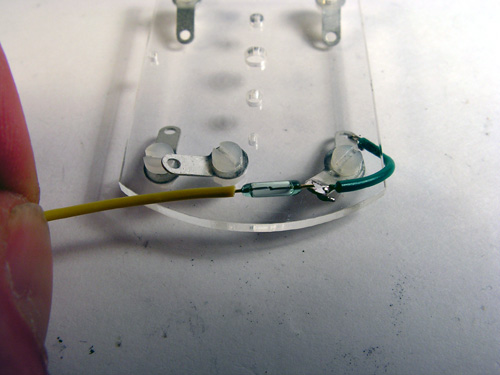
the contacts inside the glass envelope must be oriented this way
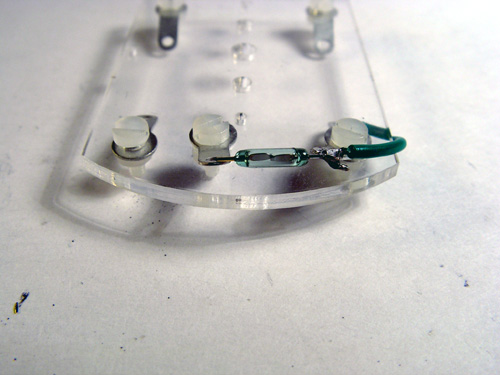
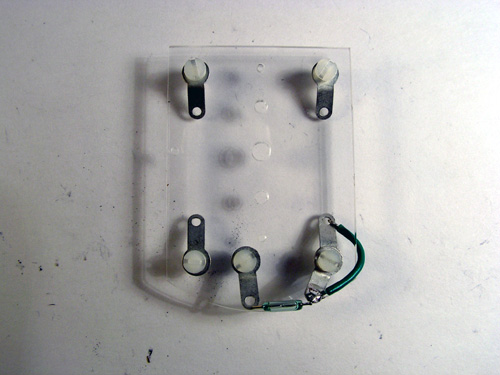
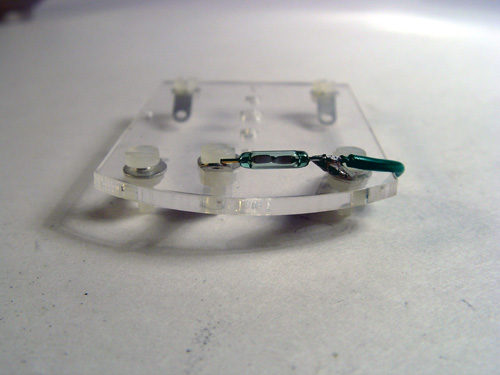
solder second side only after orientation is correct

more wire bridges and placing parts, place everything before soldering, solder quickly
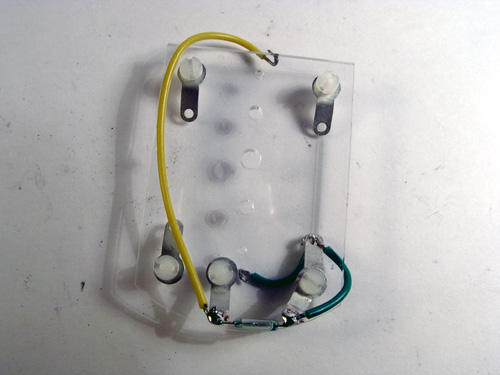

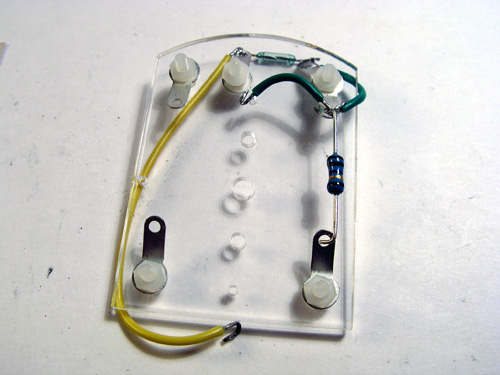
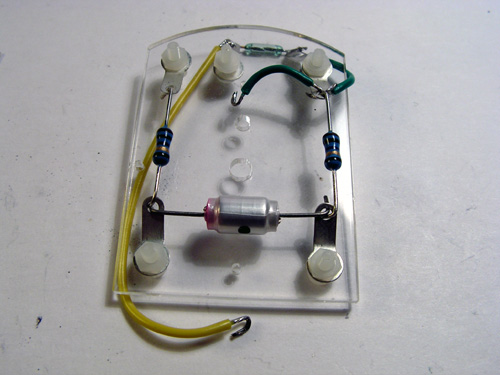

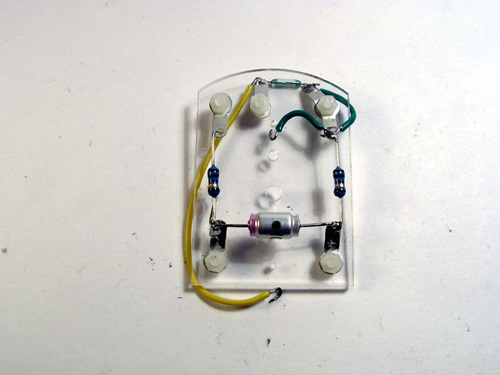
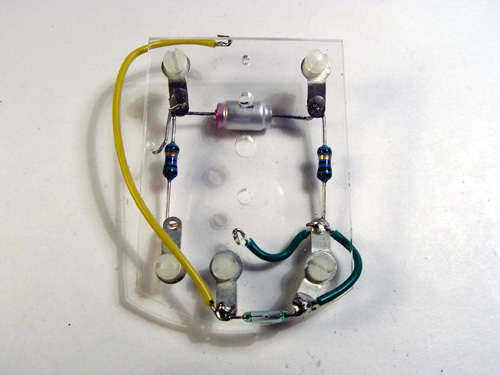
the teflon feed throughs
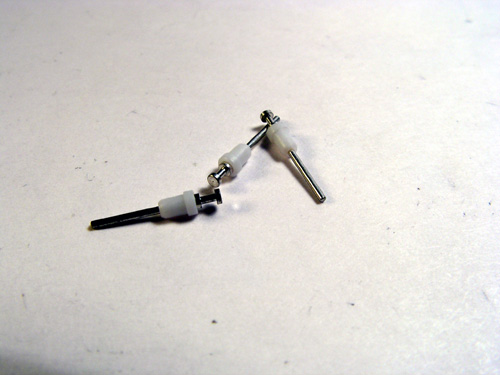
push the carefully to place, grabbing them by the top teflon part

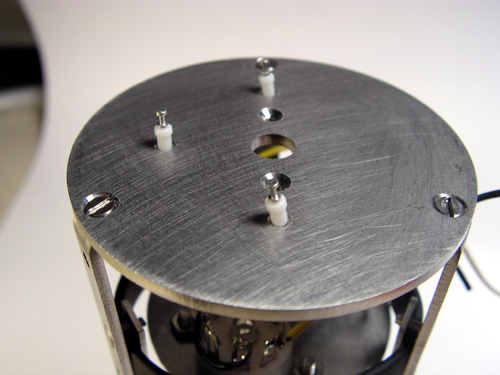
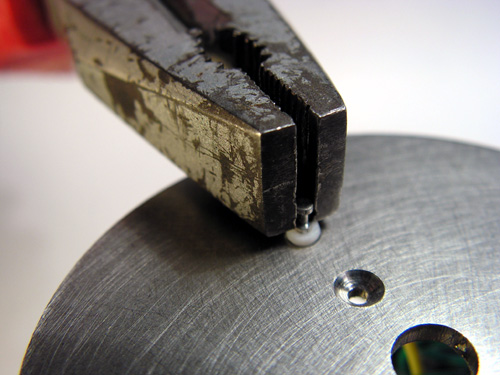
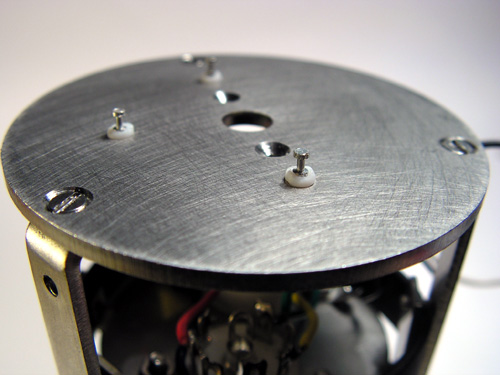
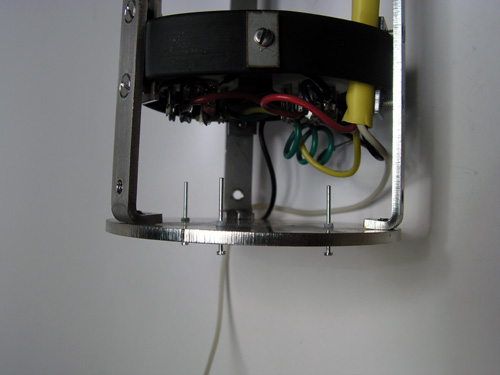
solder the two black wires
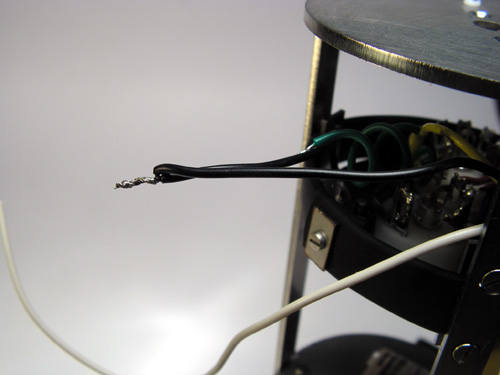
mount the highZ board + spacer as shown
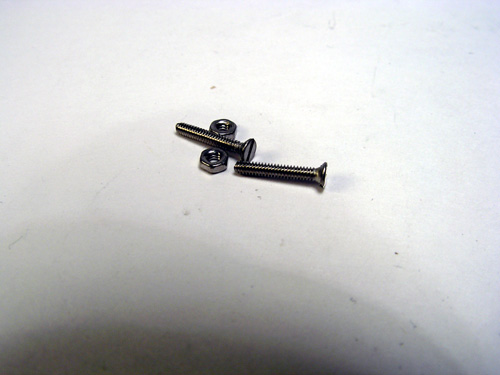
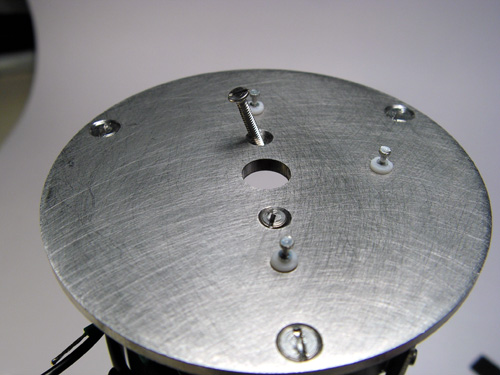
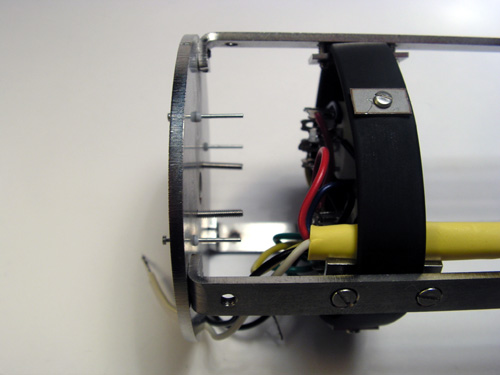
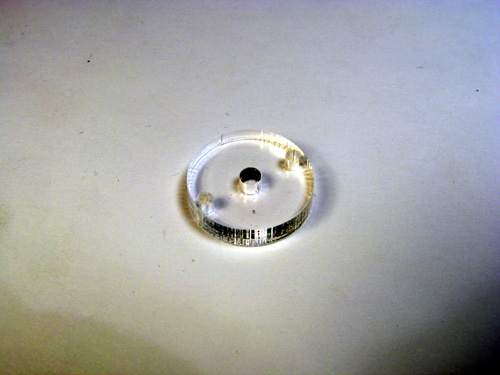
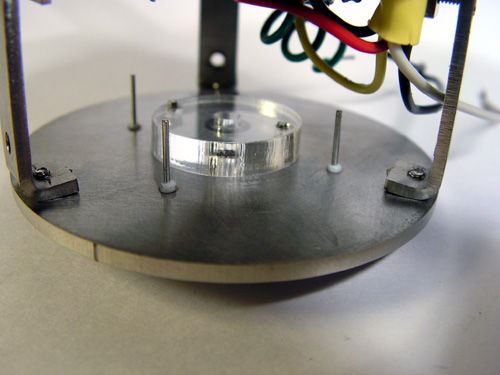
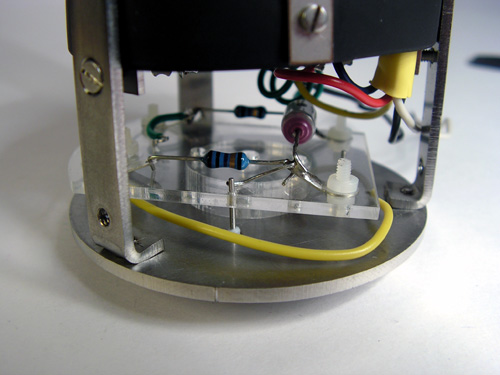
attach the wires to the teflon feed throughs

attach the rest of the wires
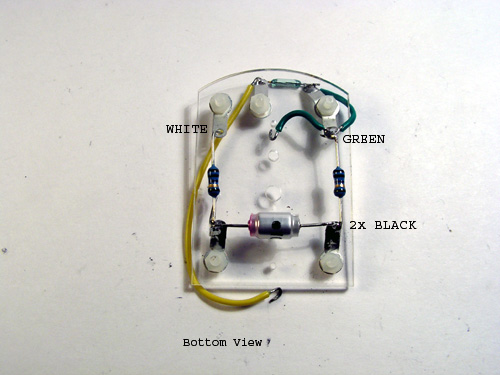

place the tubes
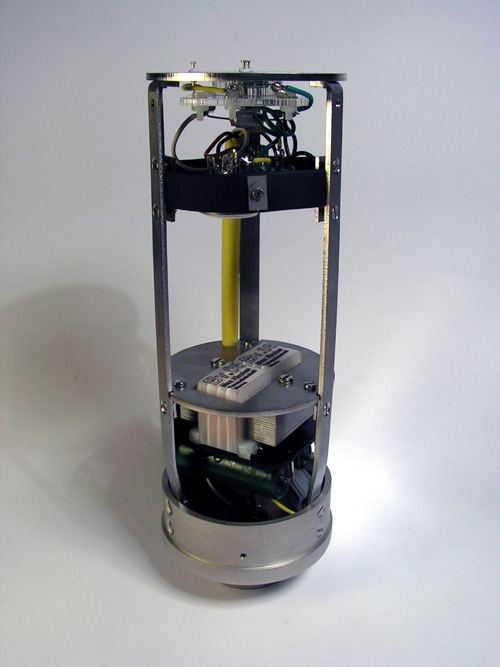
Shown with a Flea capsule holder

If this should disrupt anyones copyright please let me know and I will delete this post.

MK-U47 Tube Microphone Kit featuring:
Costum Headbasket made by Flea with Pattern Switch
Brass made body tube and bottom bell, bead-blasted and nickel-plated
Stainless internal structure
Bv.08 Transformer with 8 seperate sections from my own production
6028 single supply circuit with all parts including

including (back left to right):
body tube
bottom bell with power resistor mounted + internal structure
Headbasket pattern switch
Transformer + resistor board
High-Z board with screws, teflon isolators, shims for variable capsule mount height
solder lugs and subminiature reed-contact
Black rubber band for tube shock-mount
Tube deck + tube sockets, screws,
(front left to right):
Wiring, yellow wire sleeve, shrink tube
Binder connector for mic and cable
Bv.08 Transformer
PIO and styroflex capacitors, resistors
to complete the microphone, you'll need:
a capsule + holder
a single supply 105v PSU
a microphone cable (cable connector to mic included)
Completed kit with Flea capsule holder:

-----------------------------------------------------------------------------------------------------------------------------------------------------------------------------
BUILD:
Schematic:

Wiring Plan:

we start from the bottom up.

Use small pieces of wire to bridge contacts as shown


wire the connector according to the original schematics
Solder a lug to the end of one black wire
1: White
2: Blue
3+4+6: Black x 2
5: Red

Unscrew this resistor

Solder yellow and red wire

use shrink tube for isolation


mount the resistor back in

unscrew the ring of the connector and place it
in the bottom bell, aligning the keyway/slot

carefully place the ring and tighten

unscrew the nut and place the solder luck and re-tighten



paint the transformer/resistor board (not shown: use a file after breaking)


Solder together the boards as shown, check for right angle



place and solder all resistors as shown


place and solder all wires as shown






Be careful handling the transformer
place and solder the transformer as shown


Before soldering the big capacitors it's time to mount the whole thing into the mic




insert the screws and attach the nuts, do not overtighten!



Place and solder the two green capacitors as shown






The yellow sleeve will be cut like this to fir through the hole



Carefully cut and drill (pierce) the rubber band as according to this measurements


unscrew these parts

mount the tube sockets, check for orientation!



bend and add a solder lug



attach and solder short black wire

Wire up as shown








attach the rubber band


mounting the tube deck


feed through the wire sleeve

attach the yellow, red and blue wire to the corresponding pins


Be careful with overheating when building the highZ portion of the circuit

bend and place the solder lugs as shown




a small wire bridge, do not solder yet

the reed contact must be oriented and placed carefully BE VERY CAREFUL HERE



do not bend the contact after soldering or i will break
you can hold the tiny contact like this for placement

to have free access, slide the middle lug away


the contacts inside the glass envelope must be oriented this way



solder second side only after orientation is correct

more wire bridges and placing parts, place everything before soldering, solder quickly







the teflon feed throughs

push the carefully to place, grabbing them by the top teflon part





solder the two black wires

mount the highZ board + spacer as shown






attach the wires to the teflon feed throughs

attach the rest of the wires


place the tubes

Shown with a Flea capsule holder





